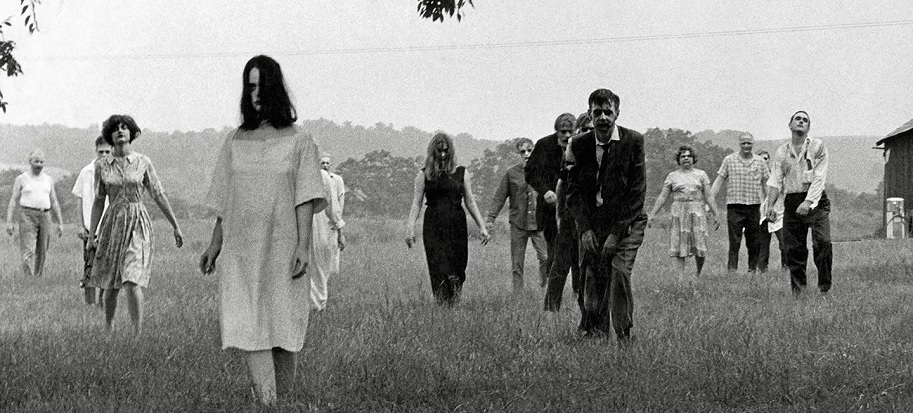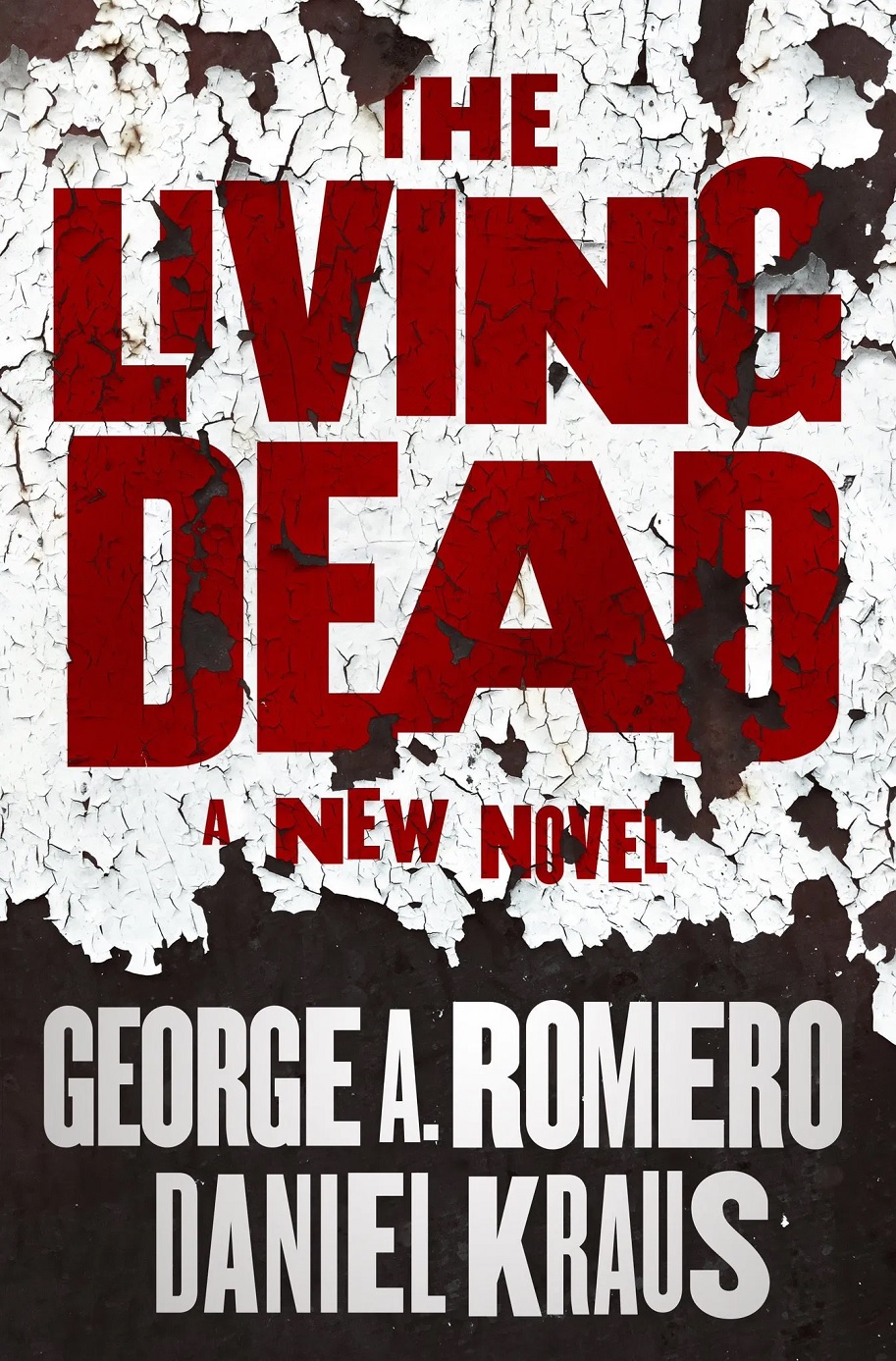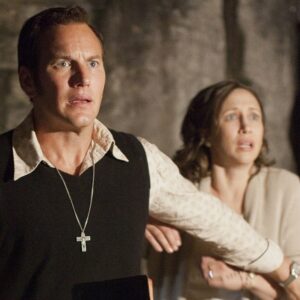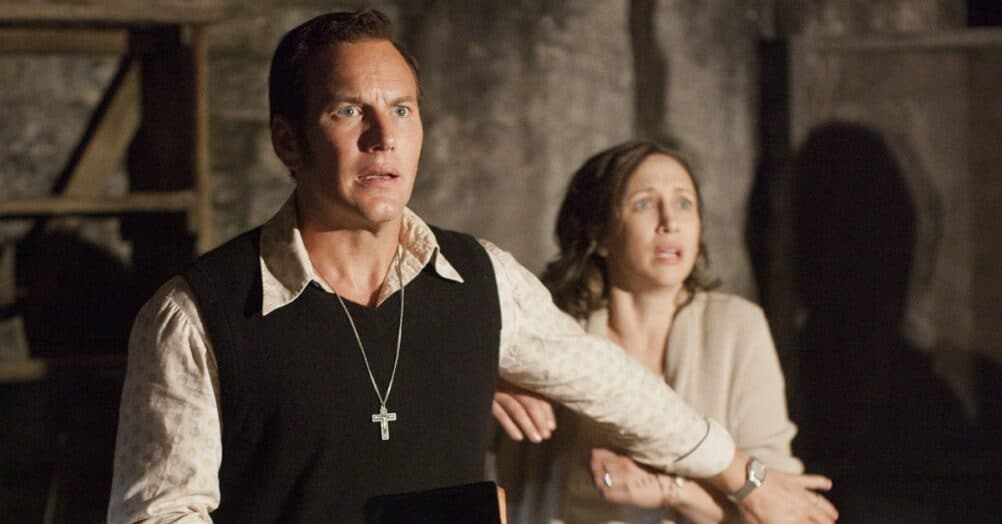Last Updated on August 2, 2021

When the great George A. Romero passed away in 2017, he left behind an unfinished work that was meant to dig deeper into the concept of a zombie apocalypse like the one he first gave the world a glimpse of with his 1968 feature directorial debut NIGHT OF THE LIVING DEAD – a concept he returned to with several movies over the decades. This new project wasn't another film, though. It was an epic novel titled THE LIVING DEAD.
Thankfully, we're going to be able to see what Romero had written for THE LIVING DEAD. His manager Chris Roe and wife Suzanne Desrocher Romero asked Daniel Kraus, who co-wrote the THE SHAPE OF WATER novel with Guillermo del Toro, to finish the book. He has, ending up at a page count of 656, and Tor Books will be publishing THE LIVING DEAD on June 9, 2020.
Hardcover copies and the Kindle edition of the book can be pre-ordered through Amazon.
THE LIVING DEAD has the following description:
On October 24th, John Doe rises from the dead. Assistant Medical Examiner Luis Acocella and his assistant Charlene Rutkowksi are vivisecting him when it happens, and so begins a global nightmare beyond comprehension. Greer Morgan is a teenager living in a trailer park, and when the dead begin their assault, the true natures of her neighbors are revealed. Chuck Chaplin is a pretty-boy cable-news anchor, and the plague brings sudden purpose to his empty life. Karl Nishimura is the helmsman of the U.S.S. Vindicator, a nuclear submarine, and he battles against a complete zombie takeover of his city upon the sea.
And meanwhile, a mysterious woman named Etta Hoffmann records the progress of the epidemic from a bunker in D.C., as well as the broken dreams and stubborn hopes of a nation not ready to give up. Spread across three separate time periods and combining Romero’s biting social commentary with Kraus’s gift for the beautiful and grotesque, the book rockets forward as the zombie plague explodes, endures, and finally, in a shocking final act, begins to radically change.
Kraus described Romero's vision for the novel as
huge. It’s a massively scaled story, a real epic, the kind no one ever gave him the budget for in film. In a book, of course, there is no budget, and in his pages you can feel his joy of being able, at last, to do every single thing he wanted."
Kraus also said that the state of Romero's manuscript varied, as
some of it was in tremendous, publish-ready state. Other parts, near of the end of what he wrote, were sketchier, clearly intended to be fleshed out later."
Romero expected to be able to flesh it out himself, but when Kraus was given the task he carried it out while wearing Romero's scarf, analyzing the man's work, and immersing himself in the art that he enjoyed.
Next June, we'll get to immerse ourselves in THE LIVING DEAD… and in the meantime, here's an excerpt from the novel that was shared by Entertainment Weekly:
Hustle was expected aboard a carrier, even demanded, but never had Jenny moved so fast, dancing over the rounded partitions at the bases of the watertight doors and clutching pipes to swing around corners. Hazily she noted this as proof of mastery, but felt no pride. She’d left Father Bill, who, despite the way he’d clutched her knee, was a frail, unarmed old man, while she was a fit fighter pilot with a pistol. But the Psych had shown up, and he was young and strong. Meanwhile, all that silence from the flight deck? The flight deck was where she had expertise and might truly help.
She did not kid herself. The guilt that had built all night, without the analgesic of sleep, had swelled like a goiter. Her bolting failures pushed her from the chapel, past the fan rooms, up the ladder, and along the avionics shop. Here might be a chance to right wrongs, to help people instead of put them at risk.
The chamber adjacent to the deckhandler room was aswarm with sailors, some rushing for the deck, some retreating from it with stunned faces. Jenny pinballed off their bodies, her flight suit buffering impacts, and burst outside. The rain hit her like a net; it caught and tangled her, and by the time she regained her balance, she was soaked, her curly hair pounded as straight as the flight helmet she’d left in the chapel, never to be seen again.
It was another sign of how thoroughly she knew every inch of her quarter-mile-long workplace that, when she booted something aside, she knew it wasn’t supposed to be there. She watched the object spin and come to rest.
A man’s head, sheared from its neck like a ham.
Jenny kept moving. To stop might be to never move again, so she focused not on the rainwater pooling in the head’s mouth and eye sockets, but on her brown shoes, the shoes she deserved—she had to convince herself of that, and fast. She looked up and took in a chaos unknown to even the most apocalyptic of training videos. Was the rain was to blame? Were the clouds pregnant with Russian or North Korean toxins? The candy-colored jerseys and float coats were scrambled, far from their usual positions. There was only one reason for that: an FOD walk.
For a few seconds, she convinced herself it was true, that she was again witnessing her favorite ritual. The debris here, however, was far more significant. A slot seal from one of the catapults, ripped free like loose intestine. A refueling cable lay unattached, like an aorta snipped from its ventricle. Glass from the Datum Lights lay in colored shatters, bad news for landing pilots. A bomb cart of three AMRAAM missiles was just sitting there in the open, unsecured, a violation beyond belief.
Then there was the other debris. The decapitated head. A boot sprouting half a man’s calf. A fire helmet filled with a stew of blood, skull, and brain. The deck was wet, as it often was, but not just with water, oil, and jet fuel. There were puddles of red liquid everywhere; white-eyed sailors stomped right through them.
The asphalt trembled as ship whistles blasted: man overboard. Jenny looked around, wet hair whipping her cheeks, and saw two deck crew gesturing toward the water. The whistles blasted again, six more times: man overboard. Turning, Jenny saw a sailor hurling a ChemLight after a fallen comrade. Then again, and again, six whistles, six whistles: man overboard, man overboard—dear God, men were throwing themselves off the boat.
Jenny had seen fights like this in Detroit, hand-to-hand, fist to flesh. This was Navy versus Navy, the cracking open of the simmering animosity beneath every military unit, if not every gathering in America. No U.S. military machine was more protected than an aircraft carrier, Jenny knew, but she also knew those protections faced outward. Here was the carrier’s Achilles’ heel, an attack from inside.
Father Bill’s description of golems echoed through her bones.
“One day, golems would turn on Their creators, learn how to build more of their own kind, and use their overwhelming numbers to cleanse the Earth of evil.”
Jenny grunted away her fear and charged into the rain. Again her hand touched the butt of her pistol only to draw away. There were missiles here, external fuel tanks, scattering sailors—too dangerous. That must be why she heard no other pilots firing. The only other armed souls aboard were the small contingent of Marines, but who knew where they were. There were plenty of weapons locked and guarded in the ship’s magazine, of course, but Jenny had no clue how quickly those arms could be mobilized—especially if the eyes of those guarding them had gone white.
She scooped up a latch bar that, from its school-bus coloring, must have fallen off a weapons skid.
An intelligence specialist, judging by his insignia, had a red-shirted member of the crash crew pinned to the wheel of a recovery crane. A scoop of flesh was missing from the back of the specialist’s neck; vertebrae, white as larvae, nosed from red meat. Scrabbling for stability atop the gutted body of a fallen comrade, the red-shirt’s feet fumbled and down he went.
“Stand down, sir!” Jenny shouted. “Stand down, sir!”
The intelligence specialist did not seem to hear. He grabbed the red-shirt’s right ear and chin as if to kiss him. Hot coals shifted under Jenny’s ribs. She’d been ignored so many times: disregarded by male cadets at Naval Air Station Pensacola, butted in front of by sailors who pretended not to see her, outshouted in the Red Serpents ready room as if she were as voiceless as the lingerie ladies pinned to the Sweetheart Wall. Olympia’s nickname might be Big Mama, but it was male to its marrow, and Jenny was done with it. No more Wrist-Warfare.
She reared back like she was still on the Detroit Cristo Rey High School softball team, and swung the latch bar with all her strength.





















Follow the JOBLO MOVIE NETWORK
Follow us on YOUTUBE
Follow ARROW IN THE HEAD
Follow AITH on YOUTUBE